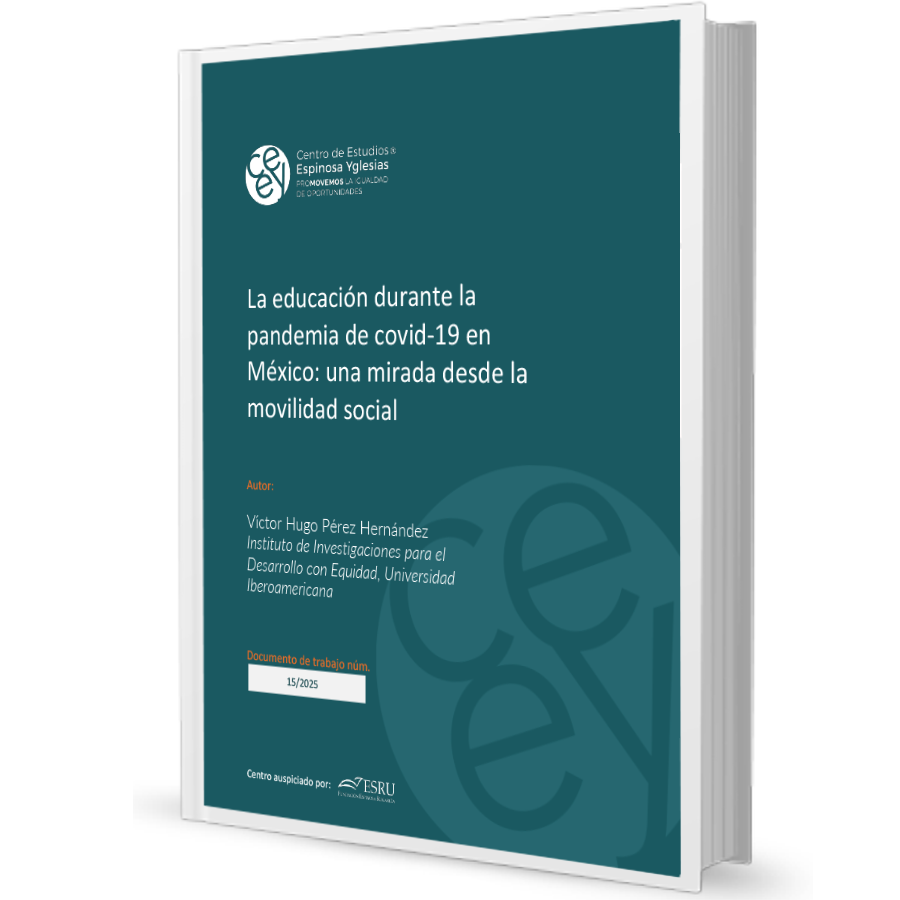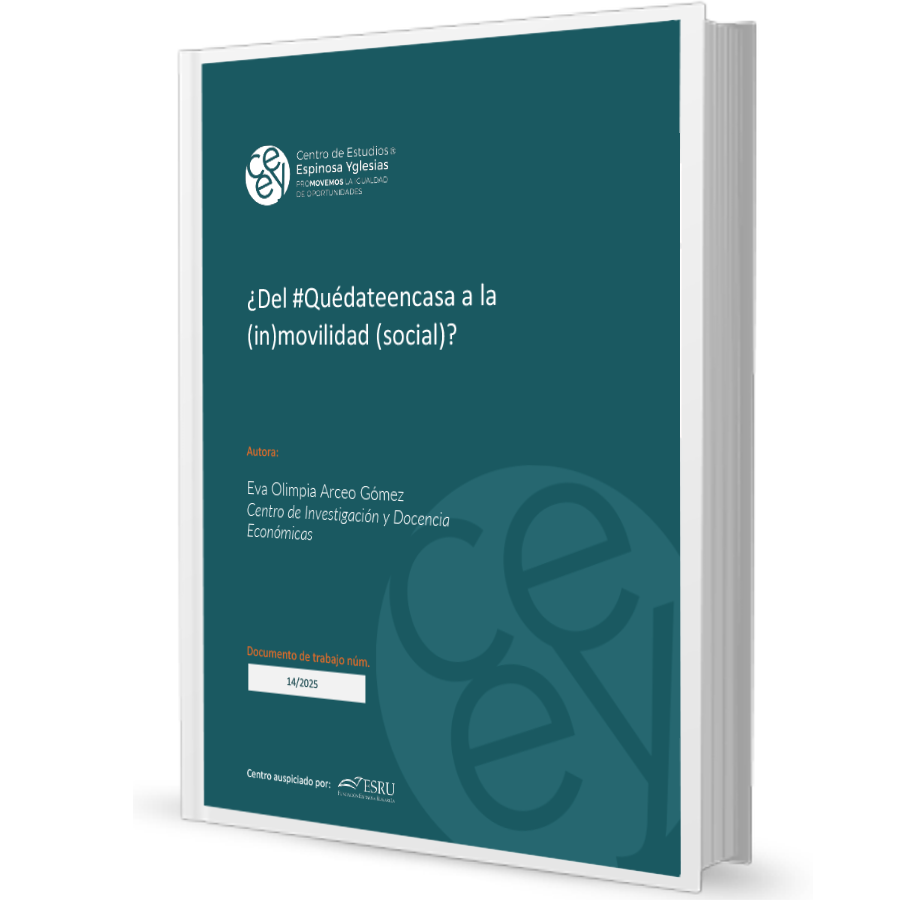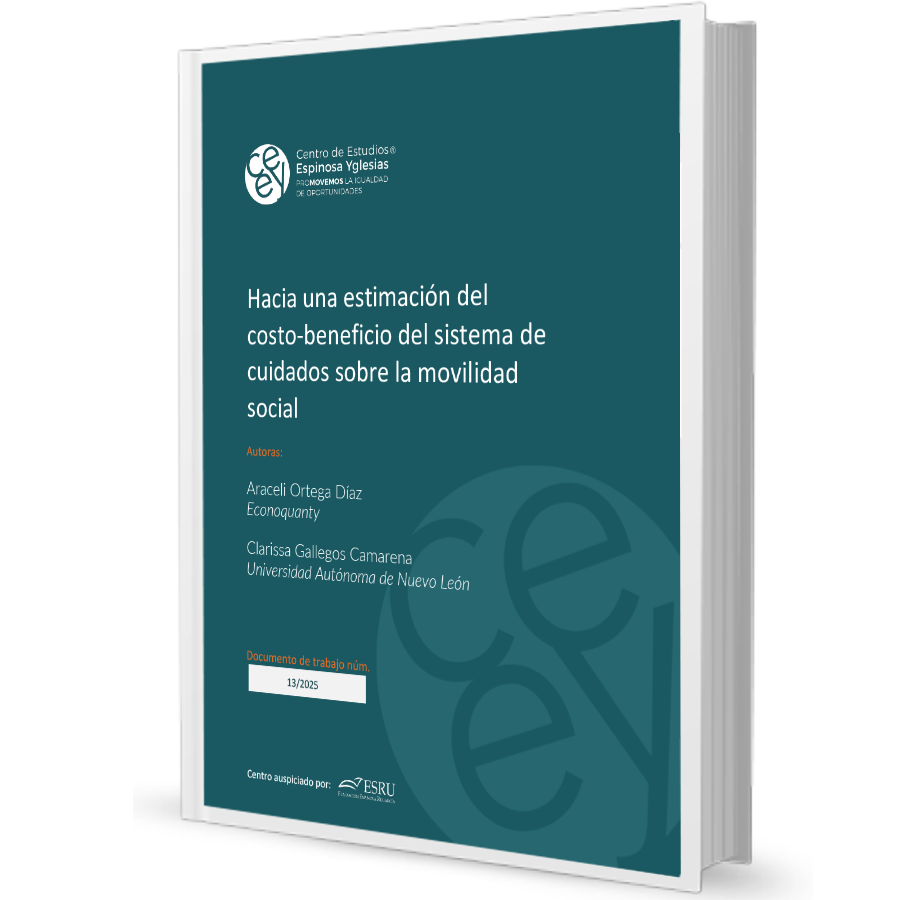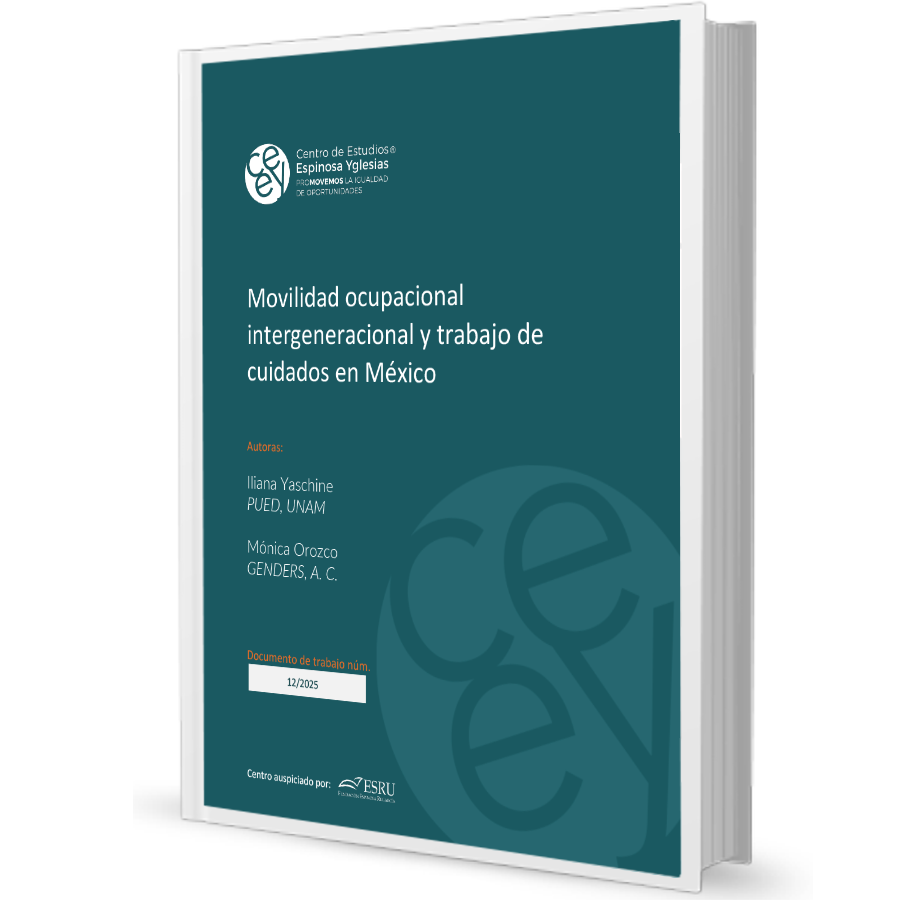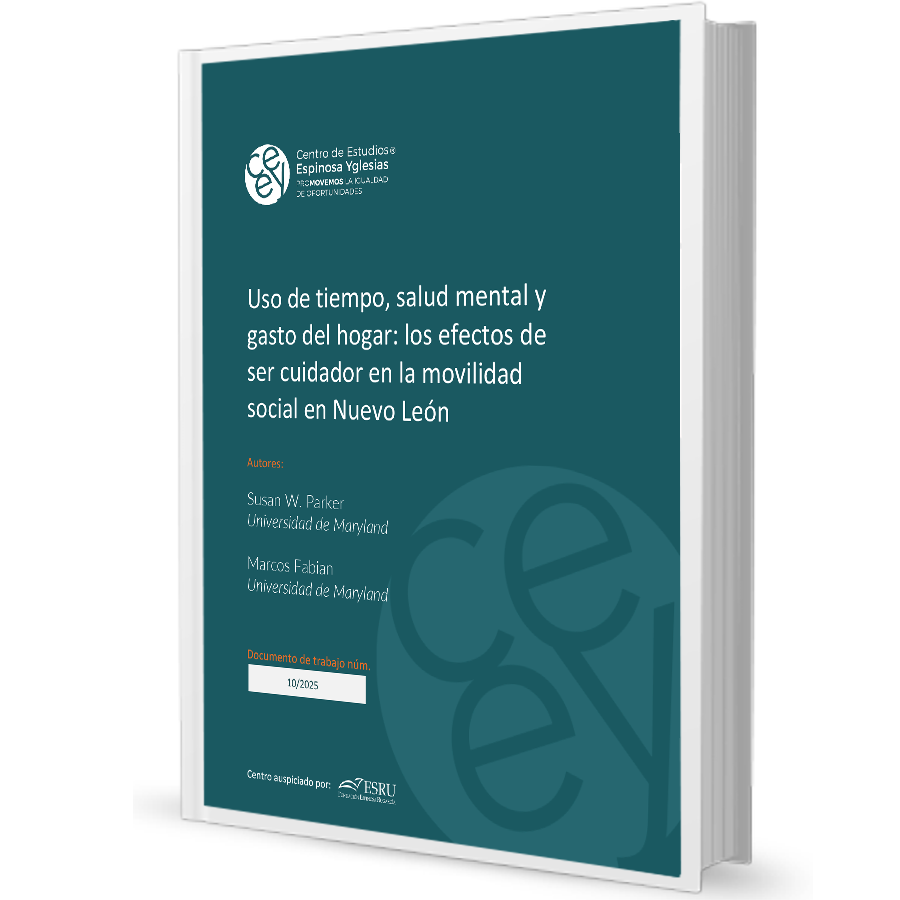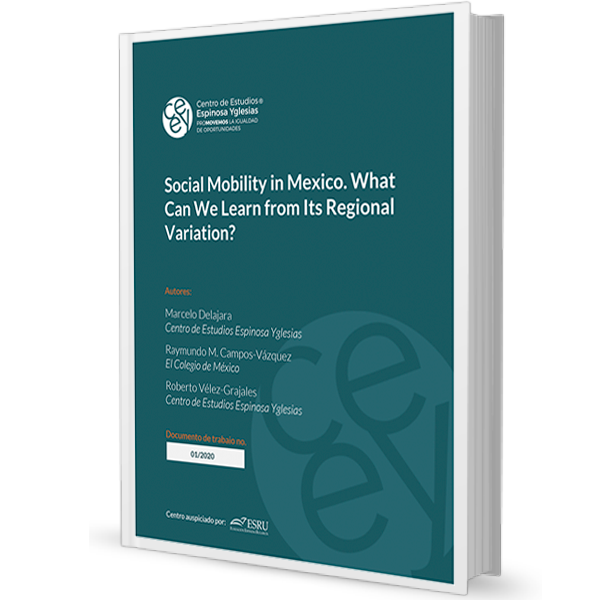
Social Mobility in Mexico. What Can We Learn from Its Regional Variation?
Marcelo Delajara
Raymundo M. Campos-Vázquez
Roberto Vélez-Grajales
Documento de trabajo CEEY no. 01/2020
We run rank-rank regressions to estimate relative and absolute upward intergenerational social mobility of wealth in Mexico. At the national level, social mobility is low and the intergenerational persistence rate is high: 0.62. In terms of absolute upward mobility, those born in households at the 25th percentile reach, on average, the 35th percentile. At the regional level, the estimations show a clear north-south gradient: the children of poor parents show greater upward mobility with increasing distance from the south, the country’s poorest region. Notably, the opportunities to move up the social ladder are fewer and less compact than in Canada or the United States: in Mexico, inequality of opportunity by place of birth is greater. The variables most correlated with social mobility at the regional level seem to show an association between lower social mobility and higher inequality of opportunity in human capital accumulation and access to work and income throughout the life cycle.

